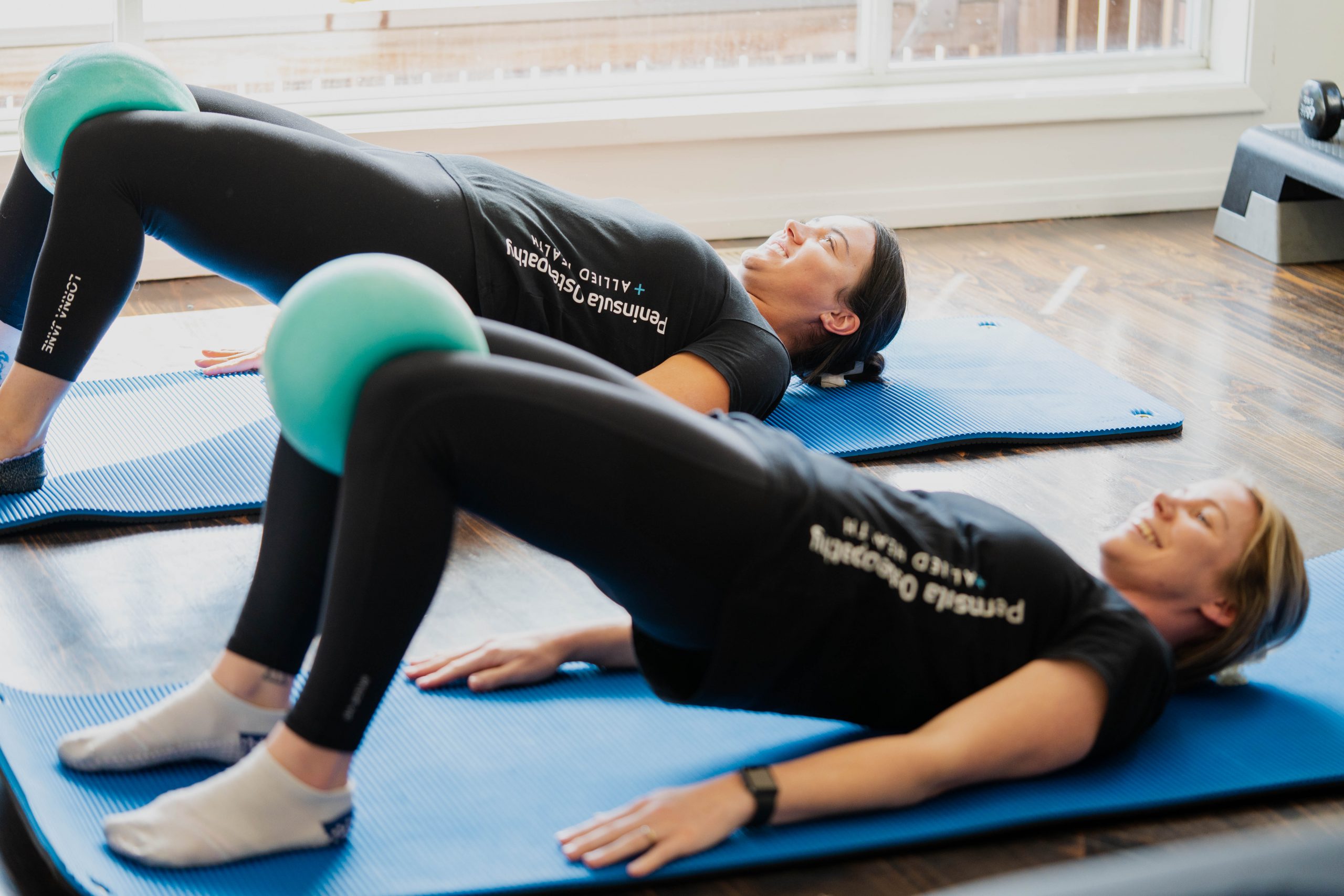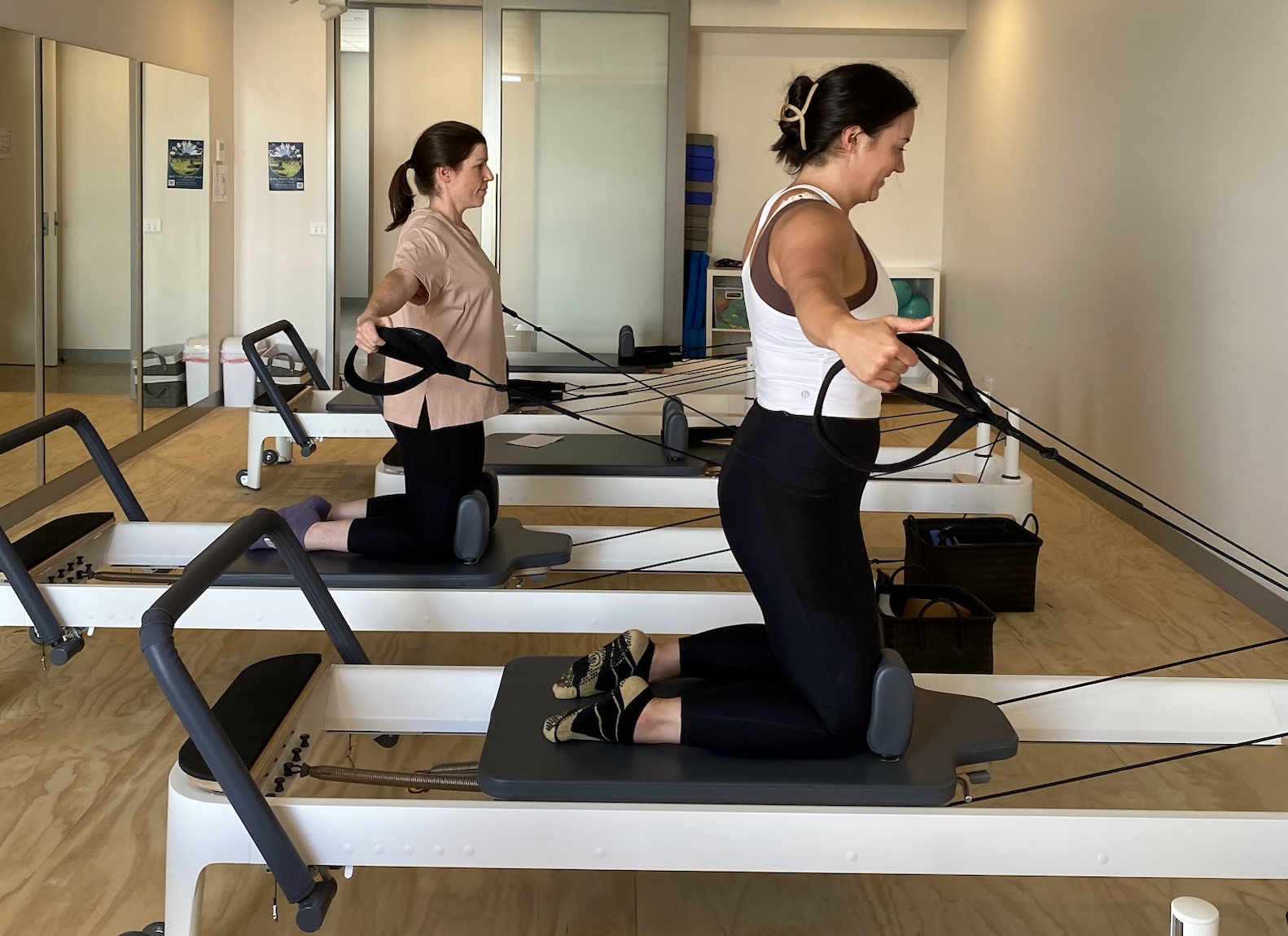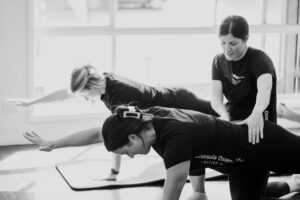Reformer Pilates: 7 Reasons It’s For All Bodies
While Pilates, including reformer Pilates, has traditionally been associated with young fit women, there’s no reason why all bodies, both male, female, older or young, can’t benefit from it as well. Here are some reasons why you might consider practicing Reformer Pilates:
1. Strength and stability and balance:
Reformer Pilates places a strong emphasis on muscular engagement and stability. Strengthening certain muscle groups can improve posture, mobility and aid in balance and control.
2. Muscular Imbalance Correction:
It is very common that we can develop muscular imbalances due our occupational demands, sports or purely activities of daily living. Reformer Pilates offers a balanced approach to working multiple muscle groups, helping to address these imbalances.
3. Flexibility and Range of Motion:
Reformer Pilates incorporates stretching movements that can help improve flexibility over time. Enhanced flexibility can lead to better overall movement mechanics and reduced risk of strains.
4. Injury Prevention and Rehabilitation:
The controlled and low-impact nature of reformer Pilates can make it an excellent choice for injury prevention and rehabilitation. People recovering from injuries, such as joint issues or muscle strains, can benefit from the gentle yet effective resistance training provided by the reformer.
5. Athletic Performance Enhancement:
Many professional athletes incorporate Pilates into their training routines to improve strength, agility, and overall performance. Reformer Pilates can enhance functional fitness, which can translate to better performance in various sports.
6. Mind-Body Connection:
Reformer Pilates promotes mindfulness, body awareness, and breath control, which can be particularly helpful to improve their overall mind-body connection and stress management.
7. Variation in Fitness Routine:
Adding reformer Pilates to a fitness routine can provide variety and a new challenge. Cross-training with different forms of exercise, including Pilates, can lead to well-rounded fitness and prevent plateaus.
It’s important to note that these benefits apply to both men and women. The idea that Pilates is primarily for women is a misconception, and men can gain just as much from incorporating reformer Pilates into their fitness regimen.
As always, consulting with a fitness professional or healthcare provider before starting a new exercise program is recommended, especially if there are any pre-existing health conditions. If you have any further questions or concerns don’t hesitate to contact our clinic- we are here to help and support all bodies on their health journeys.




